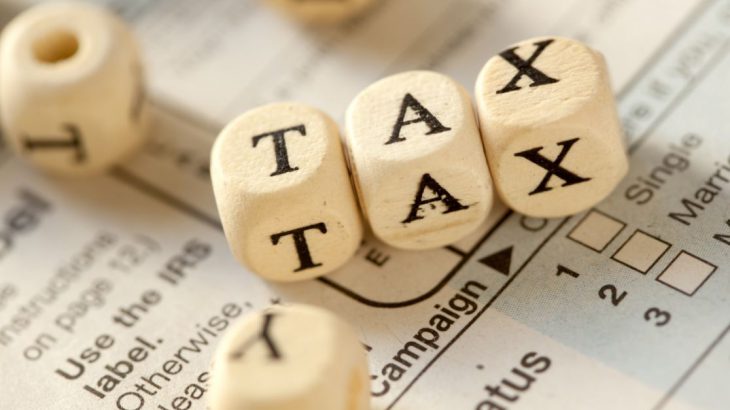Unutilised Items (Losses, Capital Allowances and Donations) 未使用项目(损失、资本免税额及捐款)
Carrying forward trade losses, capital allowances and donations – to reduce taxes payable for future years. 结转贸易亏损、资本免税额及捐款-以减少未来数年的应缴税款。
Unutilised Items (Losses, Capital Allowances and Donations) 未使用项目(损失、资本免税额及捐款)
In a particular Year of Assessment (YA), a company may have tax deductions/ capital allowances/ donations that could not be fully utilised as there was insufficient income to setoff against. 在某一课税年度,公司可能会因没有足够收入抵销而未能充分运用税款扣除/资本免税额/捐款。
Unutilised losses for a particular YA arise when the company has insufficient or no income from other sources to setoff business losses incurred during that YA. 当公司没有足够的或没有其他来源的收入来抵消在特定课税年度期间发生的业务损失时,就会出现未使用的损失。
Unutilised capital allowances for a particular YA arise when the capital allowances claimed in that YA cannot be fully utilised due to insufficiency of income or business losses incurred during that YA. 某一课税年度的未使用资本免税额,因该课税年度内所招致的收入不足或业务亏损,以致该课税年度内所申索的资本免税额不能完全使用时,产生
Unutilised donations for a particular YA arises when allowable donations made during the YA is more than the income for that YA. 当某一课税年度的容许捐款超过该年度的收入时,便会产生某一课税年度的未使用捐款
Carrying Forward Unutilised Items (Losses, Capital Allowances and Donations) 结转未使用项目(亏损、资本免税额及捐款)
Subject to qualifying conditions, unutilised capital allowances and trade losses can be carried forward indefinitely while unutilised donations can be carried forward for up to 5 YAs. 在符合条件的情况下,未使用的资本免税额和贸易损失可无限期结转,而未使用的捐赠可结转至多5个课税年。
The unutilised capital allowances, trade losses and donations can only be deducted against future income if companies satisfy the Shareholding Test. The company is said to have satisfied the shareholding test when there is no substantial change in its shareholders and their shareholdings as at the relevant dates. 未使用的资本免税额、贸易损失和捐赠,只有在公司满足股权测试的情况下,才能从未来收入中扣除。在有关日期,公司的股东及其所持股份并无重大改变。
Unutilised capital allowances can only be deducted against future income subject to an additional condition that there is no change in the company’s principal activities during the relevant dates. 未使用的资本免税额只能从未来收入中扣除,但有一个附加条件,即在相关日期内公司的主要活动没有变化。
Relevant Dates for Unutilised Capital Allowances 未动用资本免税额的有关日期
First Date: Last day of the YA in which the capital allowances arose. 第一日期:产生资本免税额的课税年度的最后一天。
Second Date: First day of the YA in which the capital allowances are to be deducted. 第二日期:扣除资本免税额的课税年度的第一天。
Relevant Dates for Unutilised Losses/ Donations 未使用的损失/捐款的有关日期
First Date: Last day of the year in which the losses or donations were incurred. 第一日期:发生损失或捐赠的当年最后一天。
Second Date: First day of the YA in which the losses or donations are to be deducted. 第二日期:扣除损失或捐赠的课税年度的第一天。
Determining “Substantial Change” in Shareholders 确定股东的“重大变化”
Shareholders refer to shareholders of the ultimate holding company (where applicable). To determine whether there is substantial change in shareholders: 股东是指最终控股公司的股东(如适用)。确定股东是否发生重大变化的步骤:
Step 1: Identify the two relevant dates (as explained above). 步骤1:确定两个相关日期(如上所述)。
Step 2: Identify the shareholders that have shareholdings on both relevant dates. 步骤2:确定在两个相关日期持有股份的股东。
Step 3: Identify the total number of shares held by these shareholders on each relevant date. 步骤3:确定这些股东在每个相关日期持有的股份总数。
Step 4: Express the shares owned by these shareholders collectively as a percentage over the total number of shares on each relevant date. 步骤4:表示这些股东共同拥有的股份,以占每个相关日期总股份的百分比表示。


